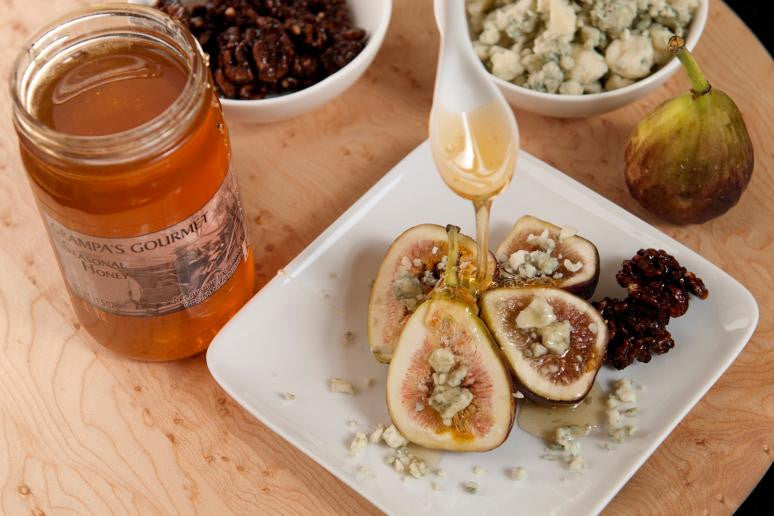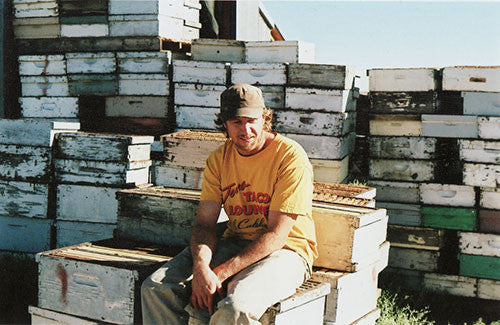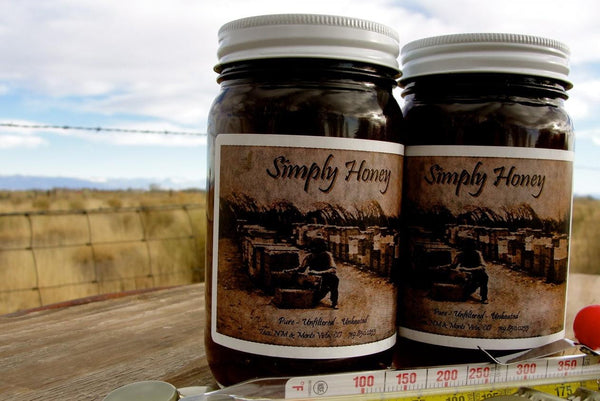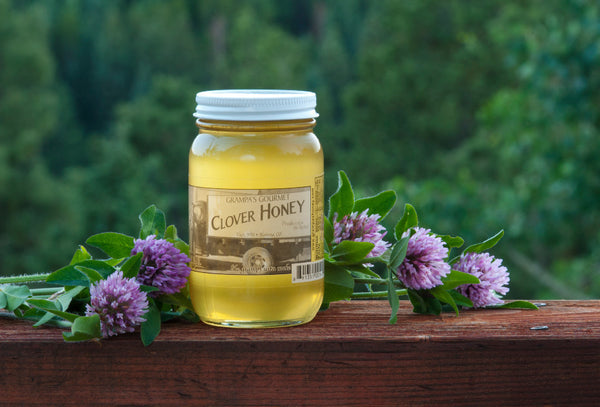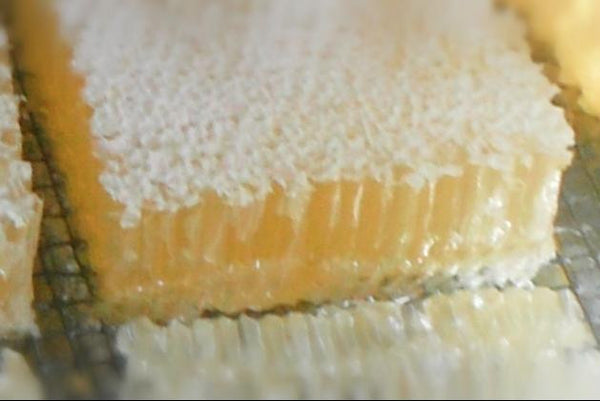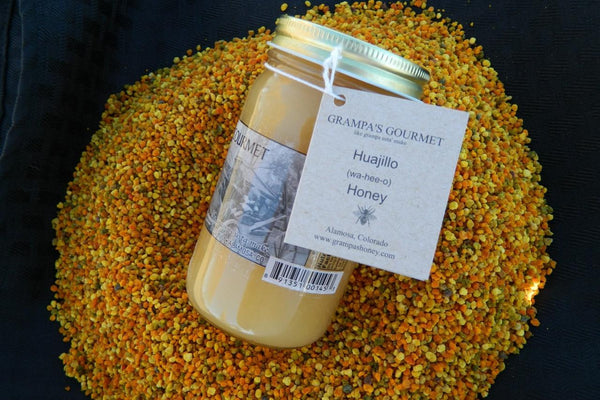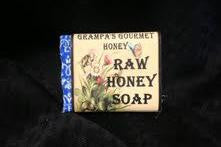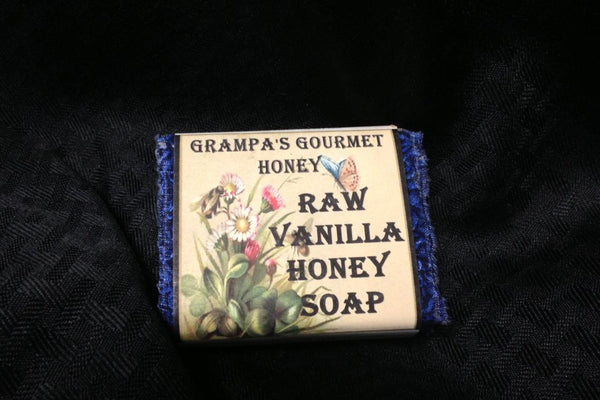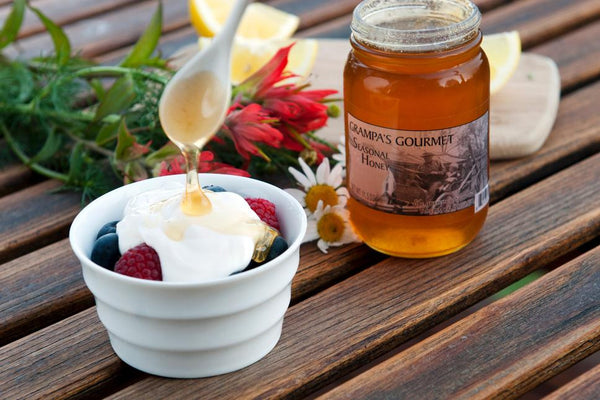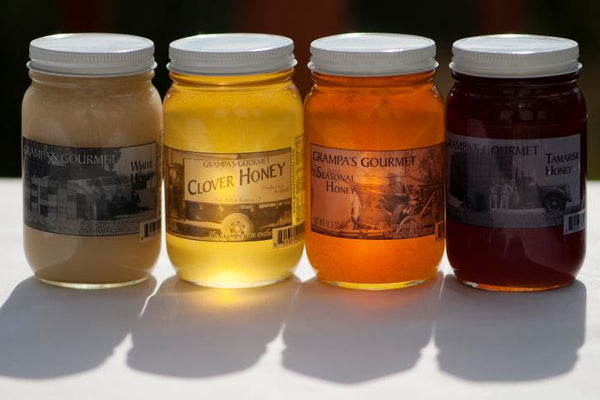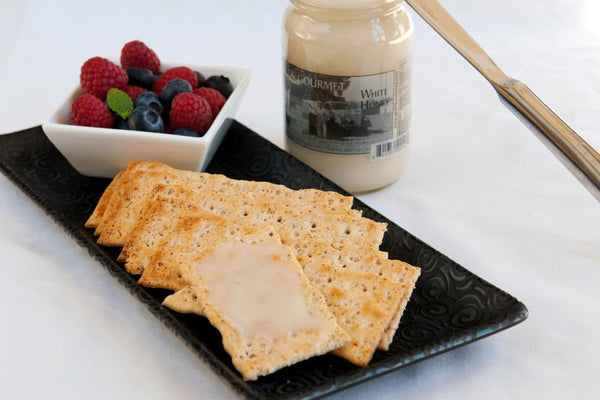Flower Sources
Chamiso (Chamisa) “Rabbit Brush” flowers
Terroir
Southern San Luis Valley, Colorado
Tasting Notes
Aromas of orange peel, some barnyard and floral qualities — dried Status flower.
Dense with nutty, hazelnut taste. Would pair with dishes with nuts and could be used in sauces.
Color
Amber color with hints of orange and particulates.
More Information
Chamiso aka Rabbit Brush (aka Chamisa) is an evergreen brush prevalent throughout the South West. The brush is as tough as the landscape that it inhabits.
In early September of 2009, around the southern part of the San Luis Valley, the summer flowers like sweet clover and alfalfa began to finish their blooming cycle. The lack of rain meant that some of the usually fall bee forage, like sunflowers and thistle were not available. We harvested the summer honey and put an empty super (the bee box on top of the hive that stores the honey) back on each colony of bees. Shortly after the chamiso started to bloom. The bees remained busy for about a month collecting nectar and pollen from this plant.
I held this honey for 1 year without selling any as I felt it would be in competition with our popular New Mexico Wildflower. We started packing it in 2010.
Native Americans often used the flowers of the Chamiso to make tea for curing various illnesses including dizziness and lack of focus.
The healing properties of the Chamiso brush can be felt in its honey. According to legend the nectar (and therefore the honey) from Chamiso is said to help one maintain focus on details while still seeing the larger picture of the project at hand.
This honey will make you stand up and take notice. If you look closely as you pour the honey you will see the striking resemblance in color that the blossom of the plant and the honey share.
This honey was made in the fall of 2009 in Southern Colorado. We have pulled it out of reserve for the first time.
Chamiso (Chamisa) “Rabbit Brush” flowers
Terroir
Southern San Luis Valley, Colorado
Tasting Notes
Aromas of orange peel, some barnyard and floral qualities — dried Status flower.
Dense with nutty, hazelnut taste. Would pair with dishes with nuts and could be used in sauces.
Color
Amber color with hints of orange and particulates.
More Information
Chamiso aka Rabbit Brush (aka Chamisa) is an evergreen brush prevalent throughout the South West. The brush is as tough as the landscape that it inhabits.
In early September of 2009, around the southern part of the San Luis Valley, the summer flowers like sweet clover and alfalfa began to finish their blooming cycle. The lack of rain meant that some of the usually fall bee forage, like sunflowers and thistle were not available. We harvested the summer honey and put an empty super (the bee box on top of the hive that stores the honey) back on each colony of bees. Shortly after the chamiso started to bloom. The bees remained busy for about a month collecting nectar and pollen from this plant.
I held this honey for 1 year without selling any as I felt it would be in competition with our popular New Mexico Wildflower. We started packing it in 2010.
Native Americans often used the flowers of the Chamiso to make tea for curing various illnesses including dizziness and lack of focus.
The healing properties of the Chamiso brush can be felt in its honey. According to legend the nectar (and therefore the honey) from Chamiso is said to help one maintain focus on details while still seeing the larger picture of the project at hand.
This honey will make you stand up and take notice. If you look closely as you pour the honey you will see the striking resemblance in color that the blossom of the plant and the honey share.
This honey was made in the fall of 2009 in Southern Colorado. We have pulled it out of reserve for the first time.
